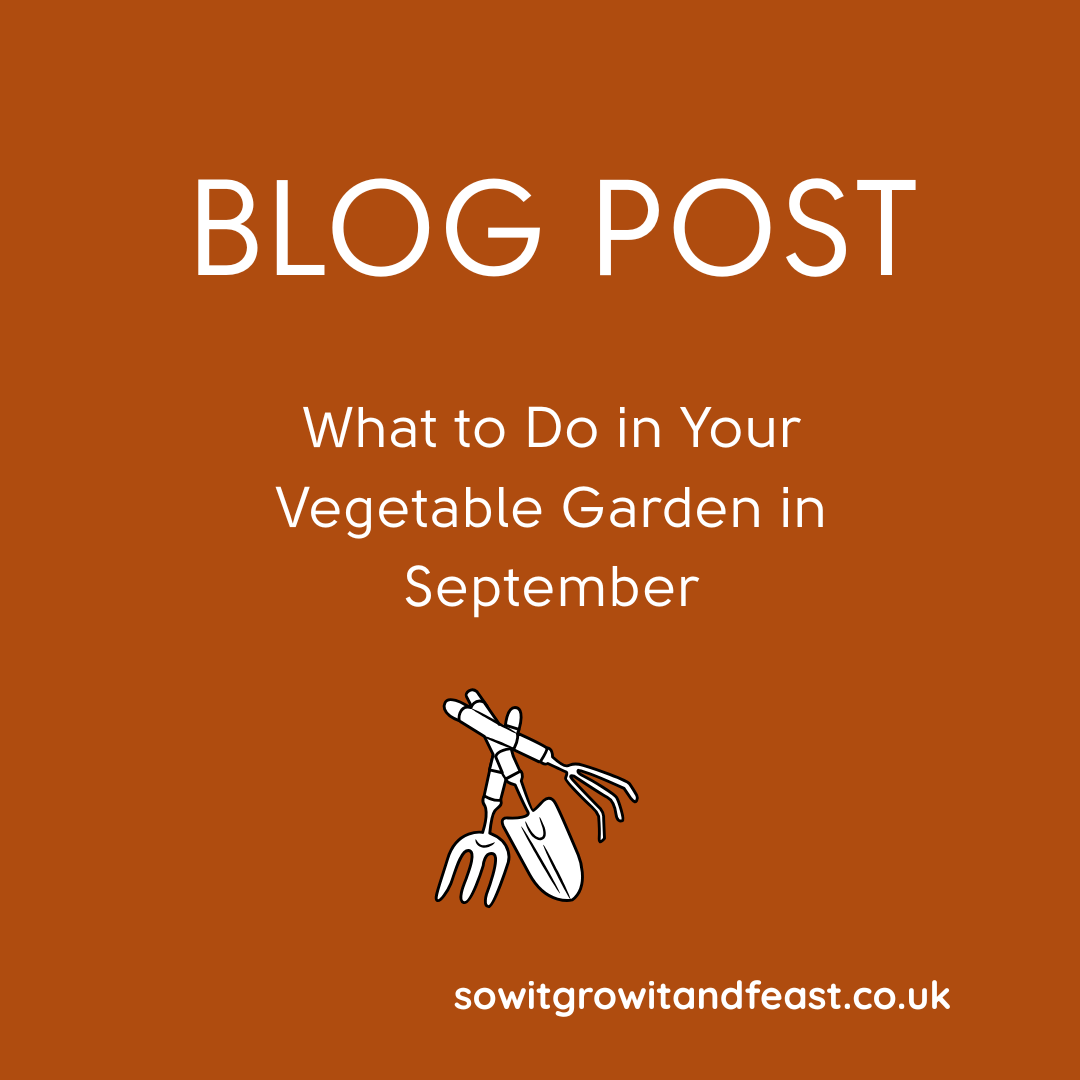Growing your own garlic is one of the most rewarding experiences in gardening. This versatile bulb not only adds incredible flavour to your cooking but also offers impressive health benefits and stores beautifully for months. Whether you’re a beginner gardener or looking to expand your vegetable plot, garlic is surprisingly easy to grow and incredibly satisfying to harvest.
Garlic belongs to the allium family, which includes onions, leeks and chives. Unlike many vegetables that grow from seeds, garlic grows from individual cloves planted in autumn for harvest the following summer. This means you’ll need patience, but the results are absolutely worth the wait.
What Is Garlic?
Garlic (Allium sativum) is a hardy perennial plant that produces underground bulbs divided into segments called cloves. Each bulb typically contains 8-12 cloves, depending on the variety. The plant produces long, flat leaves that grow from the base and sometimes develops a flower stalk called a scape.
Nutritionally, garlic packs a powerful punch. Fresh garlic contains vitamin C, vitamin B6, and manganese, along with compounds like allicin that give it its distinctive smell and potential health benefits. Raw garlic provides the highest concentration of these beneficial compounds, though cooking garlic still retains many nutritional properties.
The flavour of homegrown garlic far exceeds anything you’ll find in supermarkets. Fresh garlic has a complex, robust taste that varies between varieties—from mild and sweet to fiery and pungent. Growing your own ensures you get the freshest possible bulbs without any chemical treatments.
How to Grow Garlic in the UK
Growing garlic in the UK requires understanding our climate and timing your planting correctly. Garlic needs a cold period (vernalisation) to form proper bulbs, making autumn planting essential for success.
When to Plant
Plant garlic cloves between October and December, with November being ideal. This timing allows the cloves to establish roots before winter whilst ensuring they receive enough cold weather to trigger bulb formation. Avoid planting too early, as warm soil can cause premature sprouting.
Preparing Your Soil
Garlic thrives in well-drained, fertile soil with a pH between 6.0 and 7.0. Heavy, waterlogged soil will cause bulbs to rot, so improve drainage by adding compost or gritty sand if needed. Choose a sunny location that receives at least six hours of direct sunlight daily.
Planting Method
Separate bulbs into individual cloves just before planting, keeping the papery skin intact. Plant cloves pointed end up, 2.5cm deep and 10-15cm apart in rows spaced 30cm apart. In heavier soils, plant slightly shallower to prevent rotting. Cover with soil and mark your rows clearly.
Garlic Varieties: Choosing What to Grow
Selecting the right garlic variety makes an enormous difference to your success. You can choose between hardneck and softneck varieties, each with distinct characteristics.
Hardneck Varieties
Hardneck garlic produces flower stalks (scapes) and typically performs better in colder climates. Popular UK varieties include:
- Lautrec Wight: A reliable French variety with strong flavour and good storage qualities
- Chesnok Red: Purple-striped bulbs with complex, rich flavour
- German Red: Hardy variety with excellent cold tolerance
Hardneck varieties often have more complex flavours but shorter storage life than softneck types.
Softneck Varieties
Softneck garlic rarely produces flower stalks and generally stores longer. Good options include:
- Solent Wight: Specifically bred for UK conditions with reliable performance
- Early Purple Wight: Harvests earlier with attractive purple-tinged bulbs
- Cristo: Large, mild bulbs perfect for roasting
Softneck varieties typically store better and have milder flavours, making them excellent for beginners.
Elephant Garlic
Despite its name, elephant garlic (Allium ampeloprasum) is actually more closely related to leeks. It produces enormous bulbs with very mild flavour, perfect for roasting whole or using in large quantities.
Caring for Your Garlic
Garlic requires minimal care once established, but attention to a few key areas ensures healthy growth and maximum bulb size.
Watering
Water regularly during spring growth but avoid overwatering, which can cause fungal problems. Stop watering completely once leaves begin yellowing in summer—this helps bulbs cure properly.
Feeding
Apply a balanced fertiliser in early spring when shoots appear. Avoid nitrogen-rich feeds after May, as this encourages leaf growth at the expense of bulb development.
Weed Control
Keep garlic beds weed-free, as garlic doesn’t compete well with other plants. Shallow hoeing works well, but avoid disturbing the bulbs. Mulching with compost helps suppress weeds whilst retaining moisture.
Managing Scapes
Remove flower stalks (scapes) from hardneck varieties as soon as they appear. This directs the plant’s energy into bulb development rather than flower production. Scapes are edible and make excellent additions to stir-fries.
Common Problems and Solutions
Rust
Orange spots on leaves indicate garlic rust, a fungal disease common in humid conditions. Improve air circulation, avoid overhead watering, and remove affected leaves. Severely infected plants may need destroying.
White Rot
This soil-borne fungus causes yellowing leaves and white, fluffy growth around bulbs. Unfortunately, there’s no cure—remove affected plants immediately and avoid growing alliums in that area for several years.
Bulb Mites
Tiny white mites can damage stored bulbs. Ensure good air circulation during drying and storage, and inspect bulbs regularly.
Poor Bulb Formation
Small bulbs usually result from planting too late, inadequate cold exposure, or poor growing conditions. Plant earlier next season and improve soil drainage and nutrition.
Harvesting and Storing Garlic
Timing your harvest correctly determines how well your garlic stores and tastes.
When to Harvest
Harvest when the bottom third of leaves have turned brown but the top leaves remain green—typically July to August. Lift one test bulb to check development; cloves should fill their skins completely.
Harvesting Method
Carefully lift bulbs with a fork, brushing off excess soil but leaving roots and leaves attached. Handle gently to avoid bruising, which reduces storage life.
Curing Process
Cure garlic in a warm, dry, well-ventilated area for 2-3 weeks. Spread bulbs on racks or tie in bunches. Proper curing is essential for long-term storage—inadequately cured garlic will spoil quickly.
Storage Options
Once cured, trim roots and cut stems to 2.5cm above the bulb. Store in mesh bags, wooden crates, or plait into traditional garlic strings. Keep in a cool, dry place with good air circulation. Properly stored garlic lasts 6-9 months.
Using Your Homegrown Garlic
Fresh garlic transforms ordinary dishes into extraordinary meals. The flavour of homegrown garlic peaks about four weeks after harvest, developing complexity that supermarket garlic simply cannot match.
Cooking Tips
- Crush garlic with the flat side of a knife to release more flavour
- Add raw garlic at the end of cooking to preserve its bite
- Roast whole bulbs for sweet, mellow flavour
- Remove the green germ from older cloves to reduce bitterness
Recipe Ideas
Transform your harvest into delicious preserved garlic. Make garlic-infused oil for drizzling over vegetables, create garlic butter for bread, or pickle whole cloves for a tangy condiment. Garlic scapes make excellent pesto when blended with olive oil, nuts, and cheese.
Saving Seed Garlic
Save your best bulbs for next year’s planting. Choose the largest, healthiest bulbs from your harvest and store them carefully until autumn planting time.
Start Your Garlic Growing Journey
Growing garlic rewards patience with incredible flavour and the satisfaction of harvesting something truly special from your garden. The minimal effort required makes garlic perfect for busy gardeners, whilst the long storage life means you’ll enjoy your harvest for months.
Start small with just a few bulbs of different varieties to discover your preferences. Order seed garlic from reputable suppliers in September for October planting, and you’ll be harvesting your own aromatic bulbs next summer.
Your first successful garlic harvest will convince you that this ancient crop deserves a permanent place in your garden. The superior flavour, impressive health benefits, and simple growing requirements make garlic an essential addition to any vegetable garden.
Further Reading: Why Growing Your Own Food Has Never Been More Important, The Importance of Growing Your Own Food, The Autumn Vegetable Garden,










